Introduction
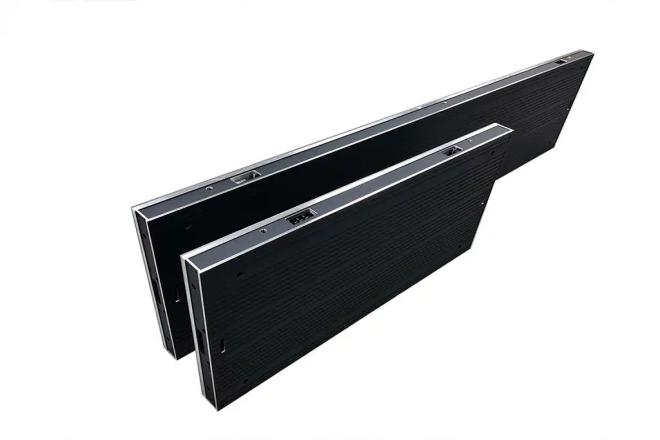
In the center of a bustling city, an ultra-thin LED display screen that is almost integrated with the wall is playing a colorful picture. It not only attracts the attention of passers-by but also makes information transmission vivid and efficient with its amazing clarity and color expression.
This is the charm of ultra-thin LED display screens – they subvert the boundaries of traditional display technology with their unimaginable light and thin posture, leading us into a new visual era.
This article will take you to explore the mystery of ultra-thin LED display screens in depth, from its birth background, technical principles, to its wide application in advertising media, traffic instructions, stage performances, and other fields, to its market prospects and future trends.
Let us unveil the mystery of ultra-thin LED display screens together and feel the shock and surprise brought by this visual revolution driven by technology.
1. Overview of ultra-thin LED display screens
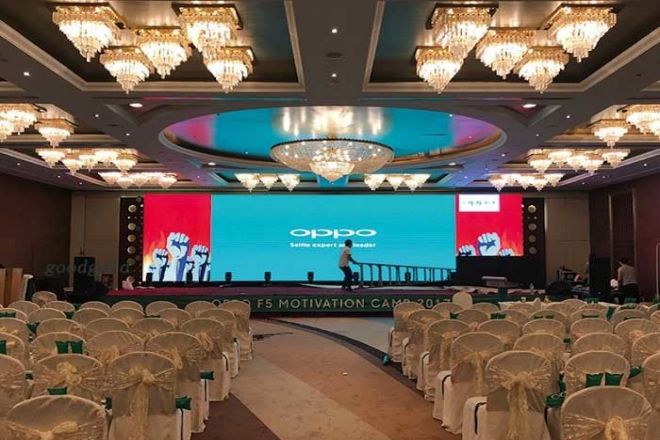
Ultra-thin LED display screens, as the name suggests, refer to those LED display products that have greatly reduced thickness in design and achieved extreme lightness and thinness.
It not only retains the inherent advantages of LED display screens, such as high brightness, high contrast, and long life, but also achieves a revolutionary breakthrough in appearance. With its ultra-thin, lightweight, and high-definition features, it has become the new favorite of modern display technology.
Compared with traditional LED display screens, the biggest advantage of ultra-thin LED display screens lies in their ultra-thin design.
Traditional LED display screens often appear heavy due to the complexity of their internal structures, while ultra-thin LED display screens have successfully reduced their thickness to the extreme by adopting advanced material science, sophisticated packaging technology, and optimized circuit design, making the overall appearance more beautiful, and installation and maintenance more convenient.
In addition, the ultra-thin design also brings better heat dissipation performance, which helps to extend the service life of the display screen.
The realization of ultra-thin LED display screens is inseparable from the support of material science, packaging technology, and other aspects. First, using high-transmittance and low-refractive-index materials as substrates can reduce the loss of light during transmission and increase the brightness of the display screen.
Secondly, through sophisticated packaging technology, the LED lamp beads are closely arranged on the substrate while ensuring that the spacing between each lamp bead is small enough to achieve high-resolution display effects.
In addition, optimizing circuit design, using thinner heat-dissipation materials, and designing reasonable heat-dissipation structures are also important ways to achieve an ultra-thin design.
2. Technical features of ultra-thin LED display screens
- Extremely ultra-thin, dual enjoyment of vision and space
The most eye-catching feature of ultra-thin LED display screens is undoubtedly its “ultra-thin” design. This design is not only for beauty but also for maximizing the use of space.
In a limited space, ultra-thin LED display screens can show a larger picture while maintaining harmonious integration with the surrounding environment.
Whether it is a commercial display, a home theater, or an art installation, ultra-thin LED display screens can exist in an almost “invisible” way, bringing a shocking visual experience to the audience without taking up too much space.
- Lightweight and flexible, innovation in installation and maintenance
Due to its ultra-thin and lightweight characteristics, ultra-thin LED display screens have achieved revolutionary breakthroughs in installation and maintenance. Traditional display screens are often complicated and time-consuming to install due to weight and volume.
Ultra-thin LED display screens are different. They can be easily hung, wall-mounted, or embedded in various structures, greatly simplifying the installation process. At the same time, due to its lightness, it also facilitates subsequent maintenance and replacement work, reducing overall operating costs.
- High-definition picture quality, perfect presentation of color and details
Although it is ultra-thin, the ultra-thin LED display screen does not compromise on picture quality. Using advanced LED technology and image processing algorithms, it can present amazing high-definition picture quality and rich color levels.
Whether it is delicate color transitions, deep black performance or bright white highlights, the ultra-thin LED display screen can present perfectly, making the picture more vivid and realistic.
In addition, its high-contrast design also further enhances the three-dimensional sense and layering of the picture, making the audience seem to be in the picture.
- Energy saving and environmental protection, a model of green technology
The ultra-thin LED display screen also shows its unique advantages in energy saving and environmental protection. Due to its low power consumption characteristics, it can significantly reduce energy consumption and carbon emissions during operation.
At the same time, the long life of LED lamp beads also reduces the frequency of replacement and waste generation, which is in line with the development trend of modern green technology.
In addition, some ultra-thin LED displays also use intelligent dimming technology, which can automatically adjust the brightness according to the ambient light to further save energy.
- Intelligent control, a preview of future technology
The ultra-thin LED display screen also integrates advanced intelligent control technology, making its operation more convenient and efficient. Users can remotely control the display screen’s switch, brightness, content playback, and other functions through smart devices such as mobile phones and computers and realize remote management and real-time monitoring.
At the same time, the ultra-thin LED display screen also supports multiple data transmission methods and high-speed data processing capabilities, which can meet the application needs in various complex scenarios.
The application of this intelligent control technology not only improves the user experience but also indicates the future development direction of science and technology.
3. Application fields of ultra-thin LED display screens
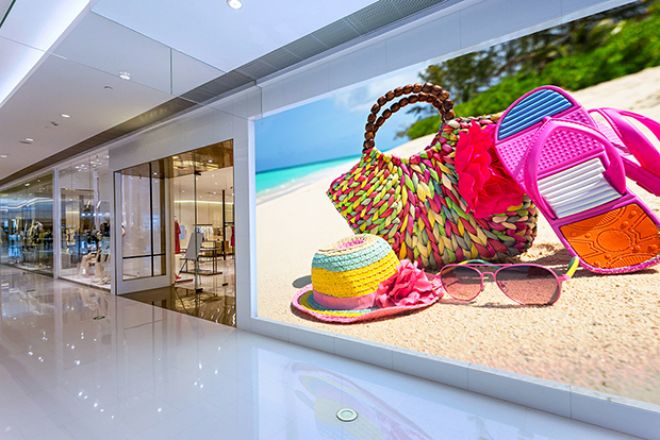
- Advertising media
In the field of advertising media, ultra-thin LED display screens have become the first choice for advertising display places such as commercial centers, shopping centers, and airports with their excellent display effects and ultra-thin and light characteristics.
These places have a large flow of people and have extremely high requirements for the attractiveness and effect of advertising displays. Ultra-thin LED display screens can play high-definition videos and images with bright colors and high contrast, which can quickly attract the attention of passers-by.
At the same time, its ultra-thin design allows the display screen to be easily integrated into various buildings and environments without being abrupt and beautiful.
In commercial centers, ultra-thin LED display screens can play brand advertisements, promotional information, and other content; in shopping centers, they can display the distribution of stores on each floor, preferential activities, etc.
At airports, they can be used to play flight information, travel advertisements, etc., to provide convenient information services for passengers.
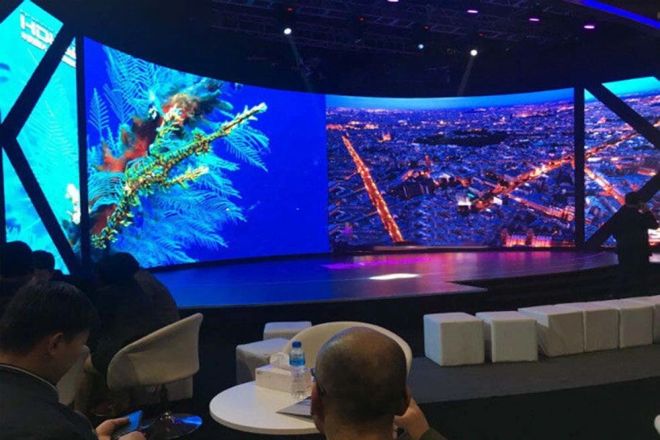
- Stage Performances and Activities
In the field of stage performances and activities, ultra-thin LED displays have become an important tool for improving the quality of performances with their exquisite backgrounds and visual effects.
In concerts, literary performances, exhibitions, and other occasions, ultra-thin LED displays can display various dynamic patterns, videos, texts, and other content according to different performance content and themes.
These contents, combined with the lighting, sound, and other effects on the stage, can create a unique atmosphere and visual effects, enhancing the audience’s sense of immersion and participation.
The ultra-thin design and lightness of the ultra-thin LED display also enable it to be flexibly arranged in various positions on the stage to meet different performance needs.
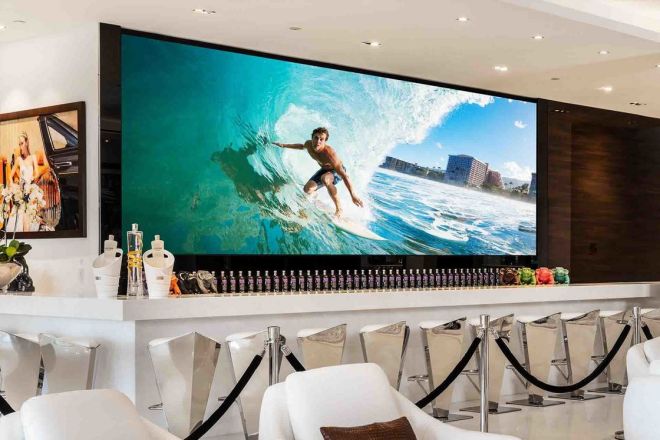
- Smart Home and Education and Medical
In the field of smart homes, ultra-thin LED displays can be used to display information about the home environment, security monitoring screens, and other content.
Through the connection and control of smart devices, ultra-thin LED displays can realize the intelligent management and automatic control of home appliances and improve the convenience and comfort of home life.
In the field of education and medical care, ultra-thin LED displays also have broad application prospects. In schools and educational institutions, it can be used as a teaching aid to display courseware, videos, pictures, and other learning resources.
In medical institutions, it can be used to display patient condition information, medical images, and other content in real-time to assist doctors in diagnosis and treatment.
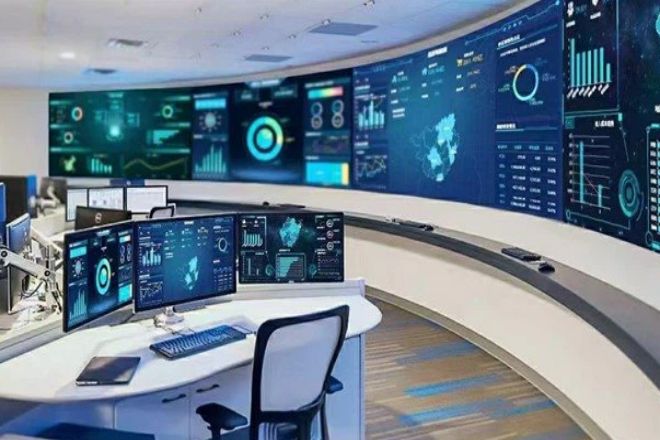
- Industrial Control and Security Monitoring
Ultra-thin LED displays also have important application value in the field of industrial control and security monitoring.
Ultra-thin LED displays in industrial places such as production lines and machinery and equipment can display production data, equipment status, and other information in real-time to help workers and managers better understand production conditions and management decisions.
At the same time, its high definition and high brightness also make the display clearly visible in strong light environments to ensure accurate communication of information. In terms of security monitoring, ultra-thin LED display screens can be used to display monitoring images in real-time to provide security.
Ultra-thin LED display screens can play an important role in public safety, traffic control, financial monitoring, enterprise monitoring, and other fields.
4. Recommended ultra-thin LED display screens by BIBILED
Detailed information:
Cabinet thickness: 33mm
Maintenance method: front maintenance
Cabinet size: 1000 x 250/750×250/500×250 (can be installed together)
…
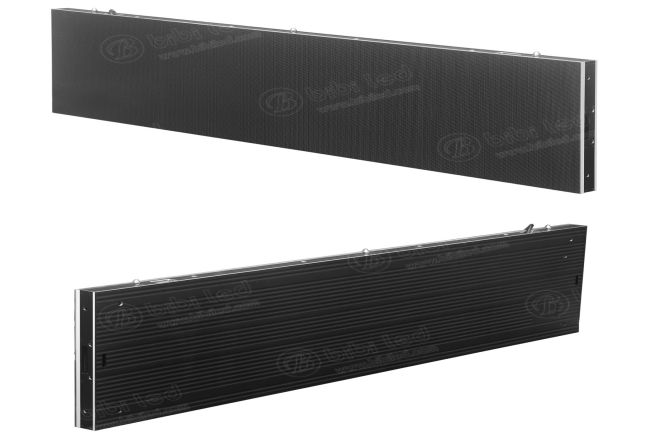
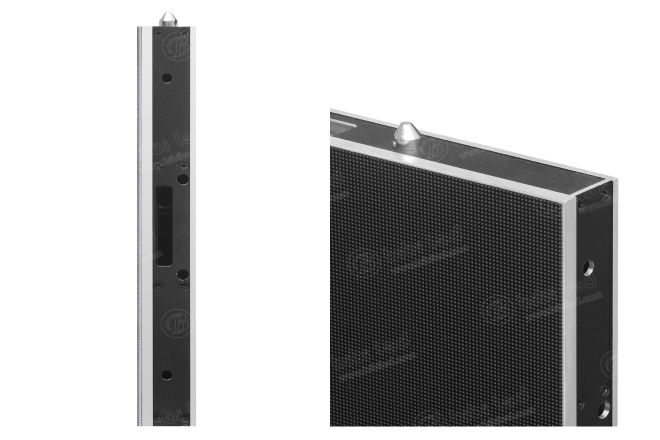
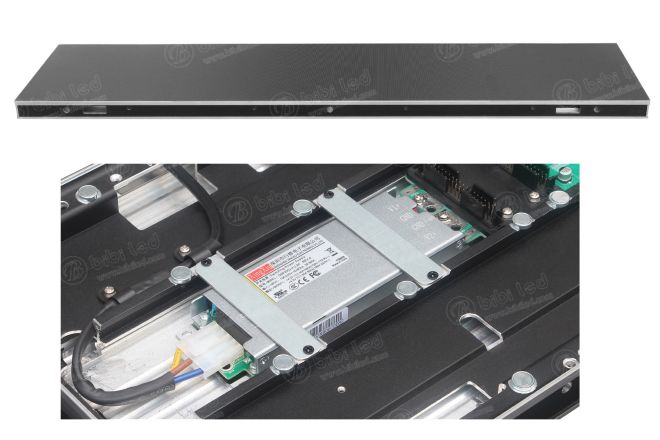
Conclusion
In summary, as a representative of the new generation of display technology, ultra-thin LED display screens not only demonstrate the infinite possibilities of technological development but also bring us unprecedented visual feasts and information experience.
With the continuous advancement of technology and the continuous expansion of application fields, the market prospects of ultra-thin LED display screens will be broader, and their role in promoting digital transformation and improving the quality of life will become more prominent.
Finally, if you want to know more about LED display screens, please get in touch with us.
